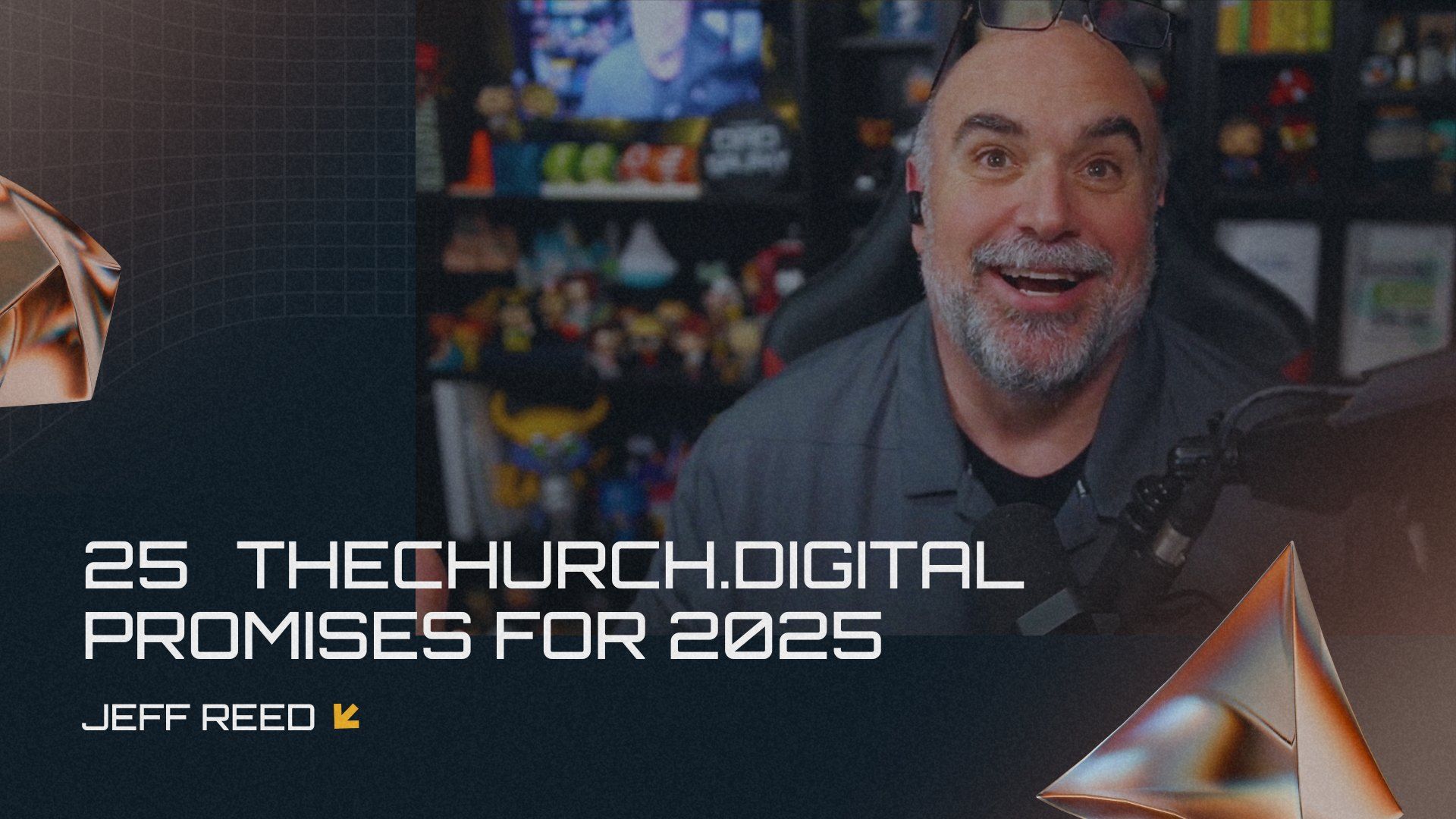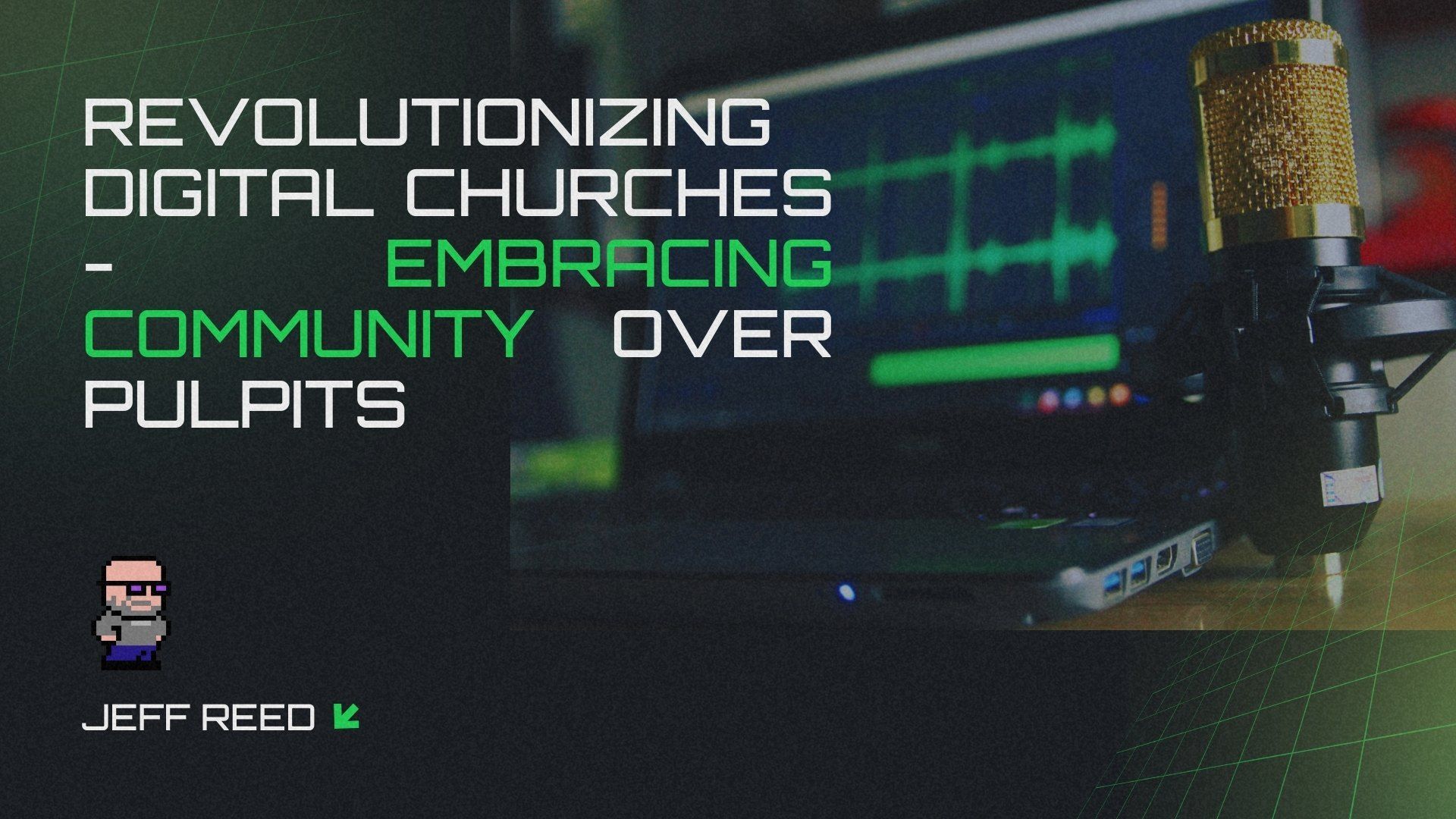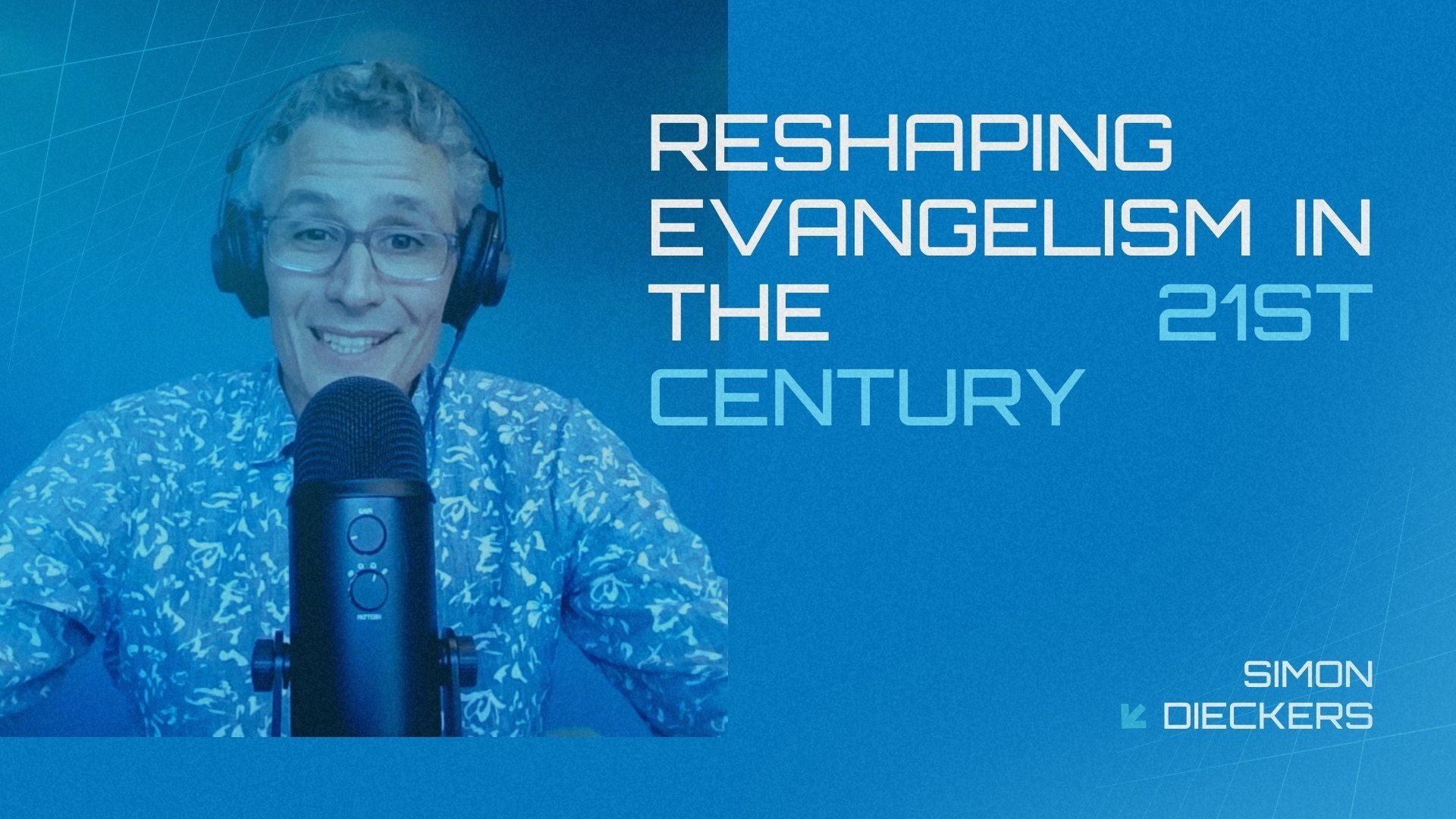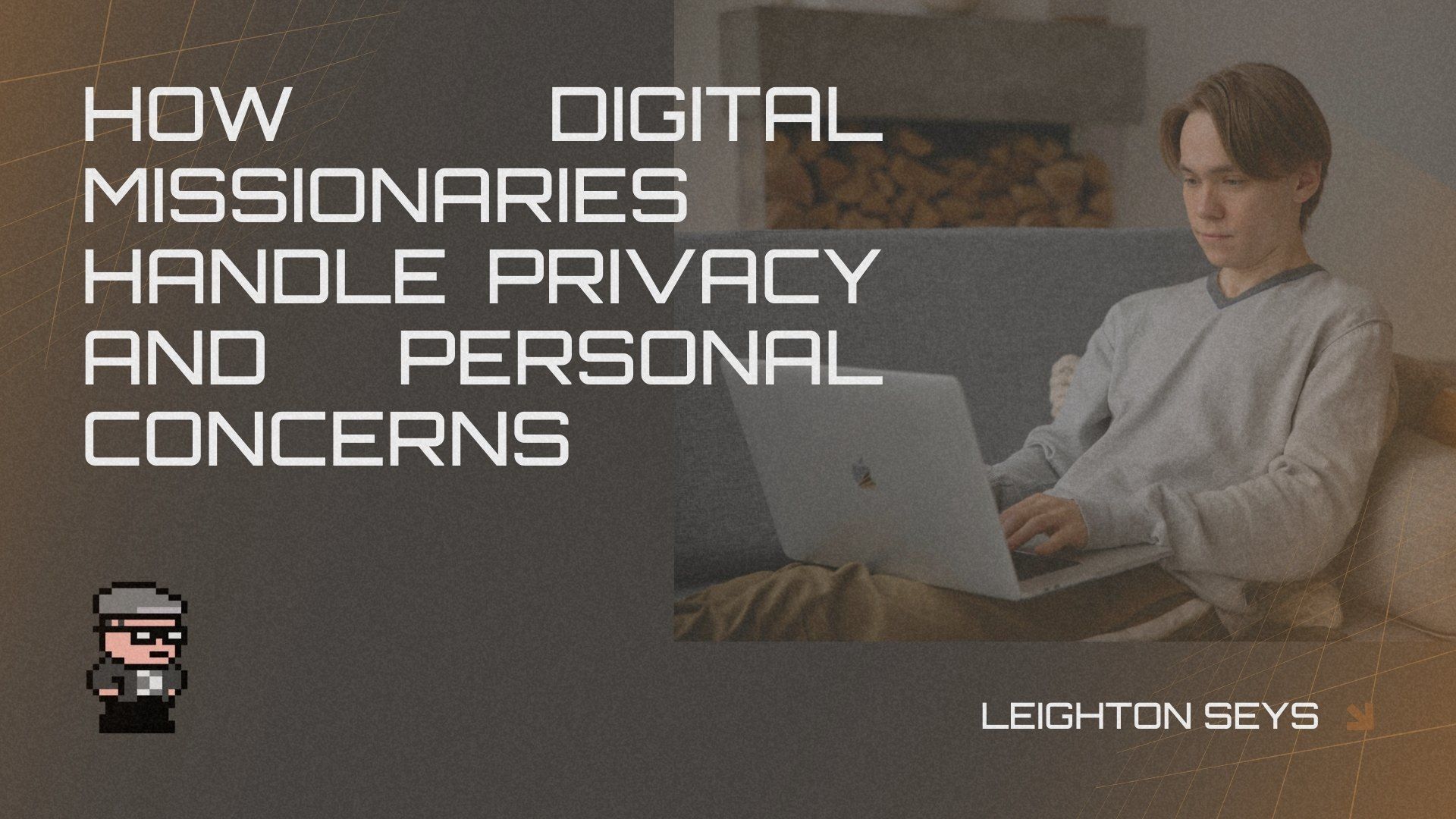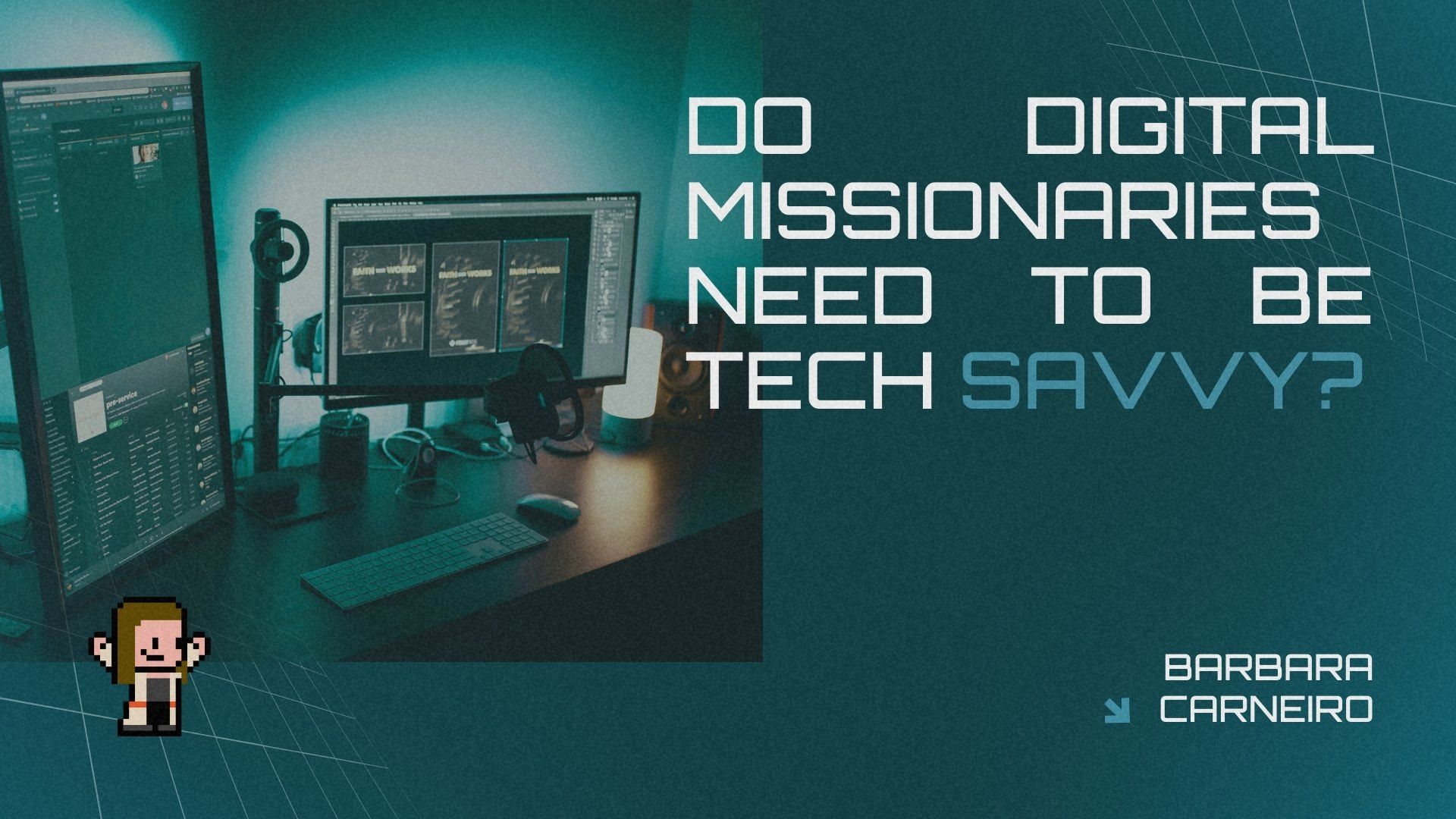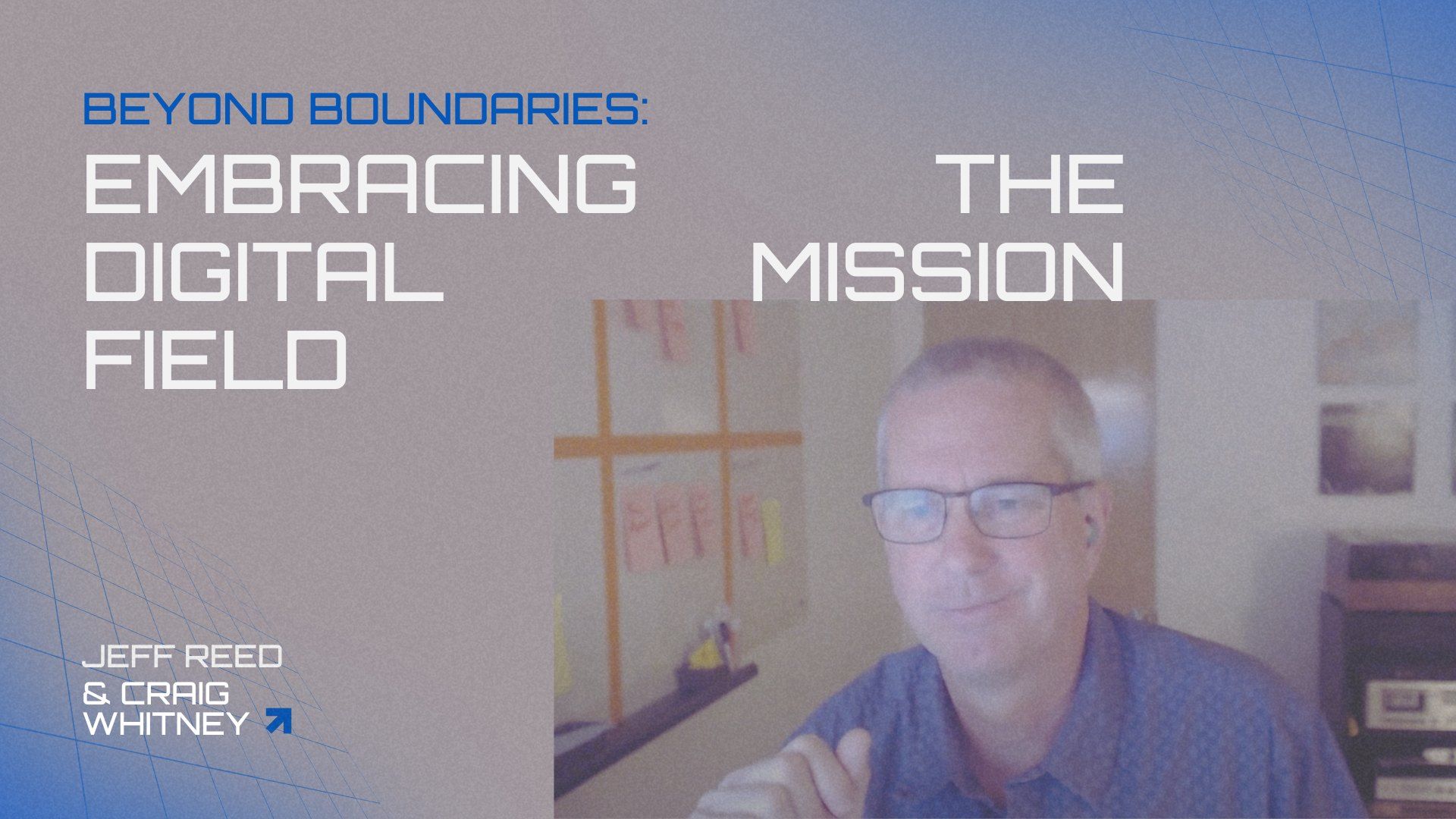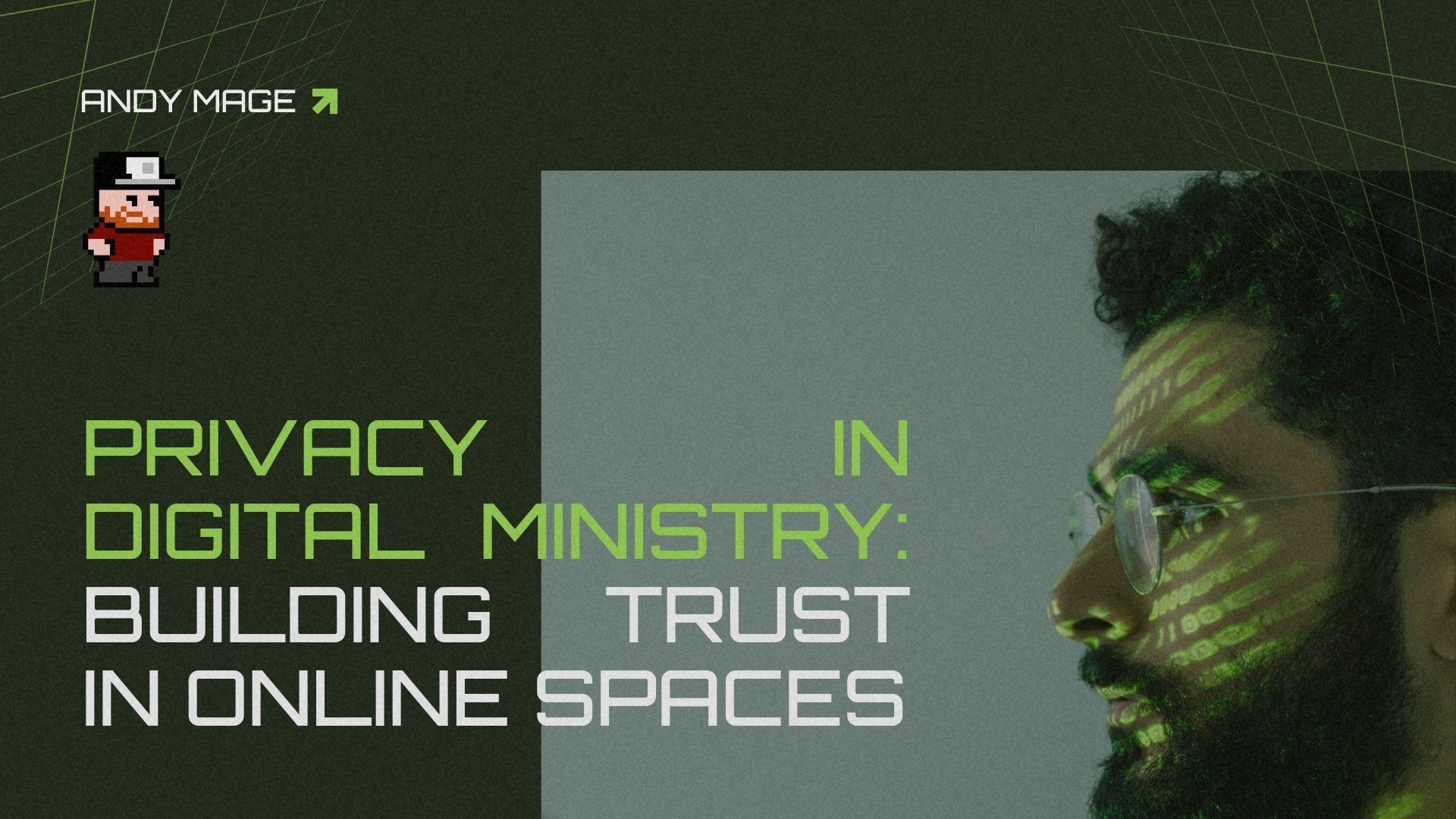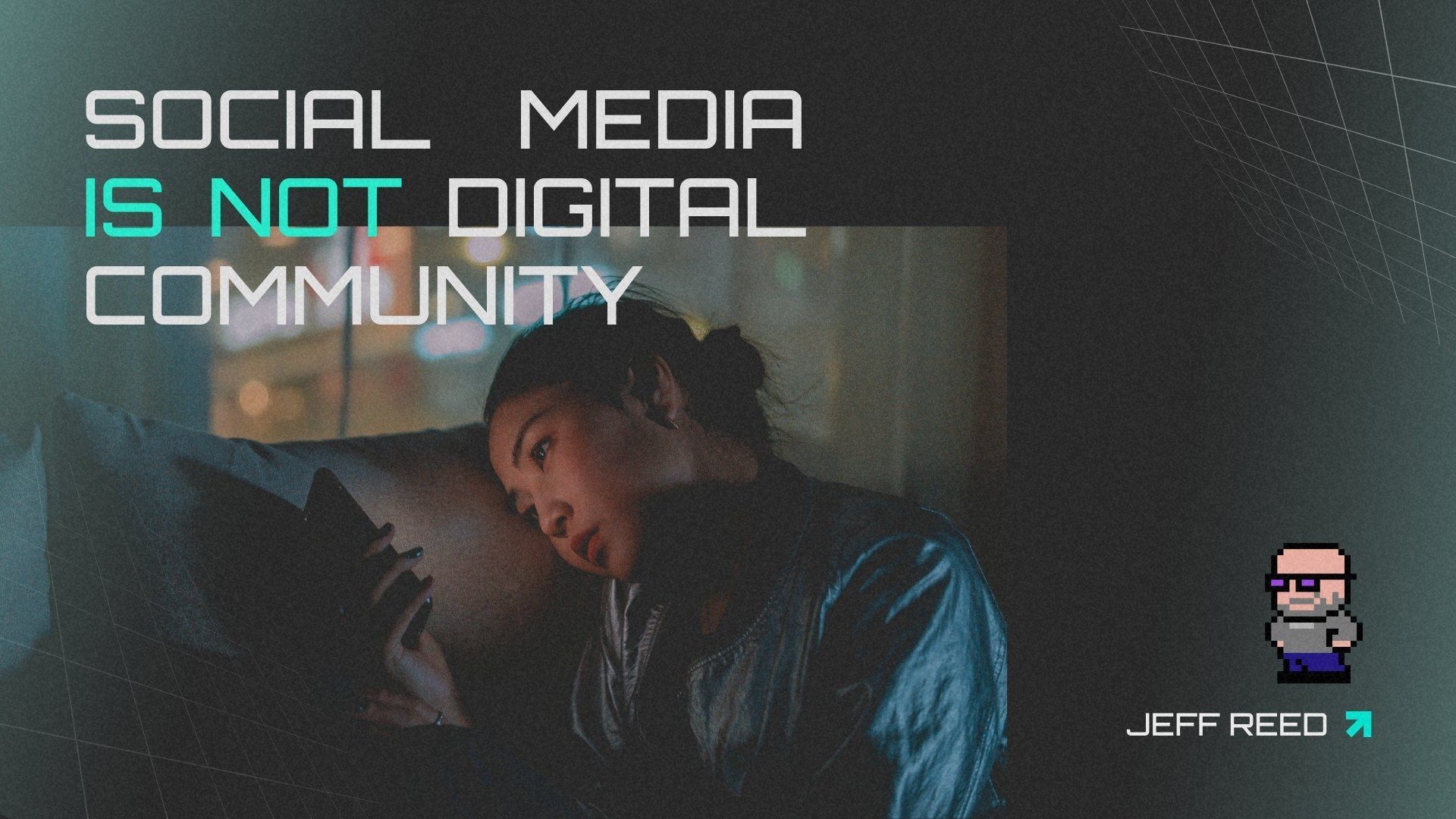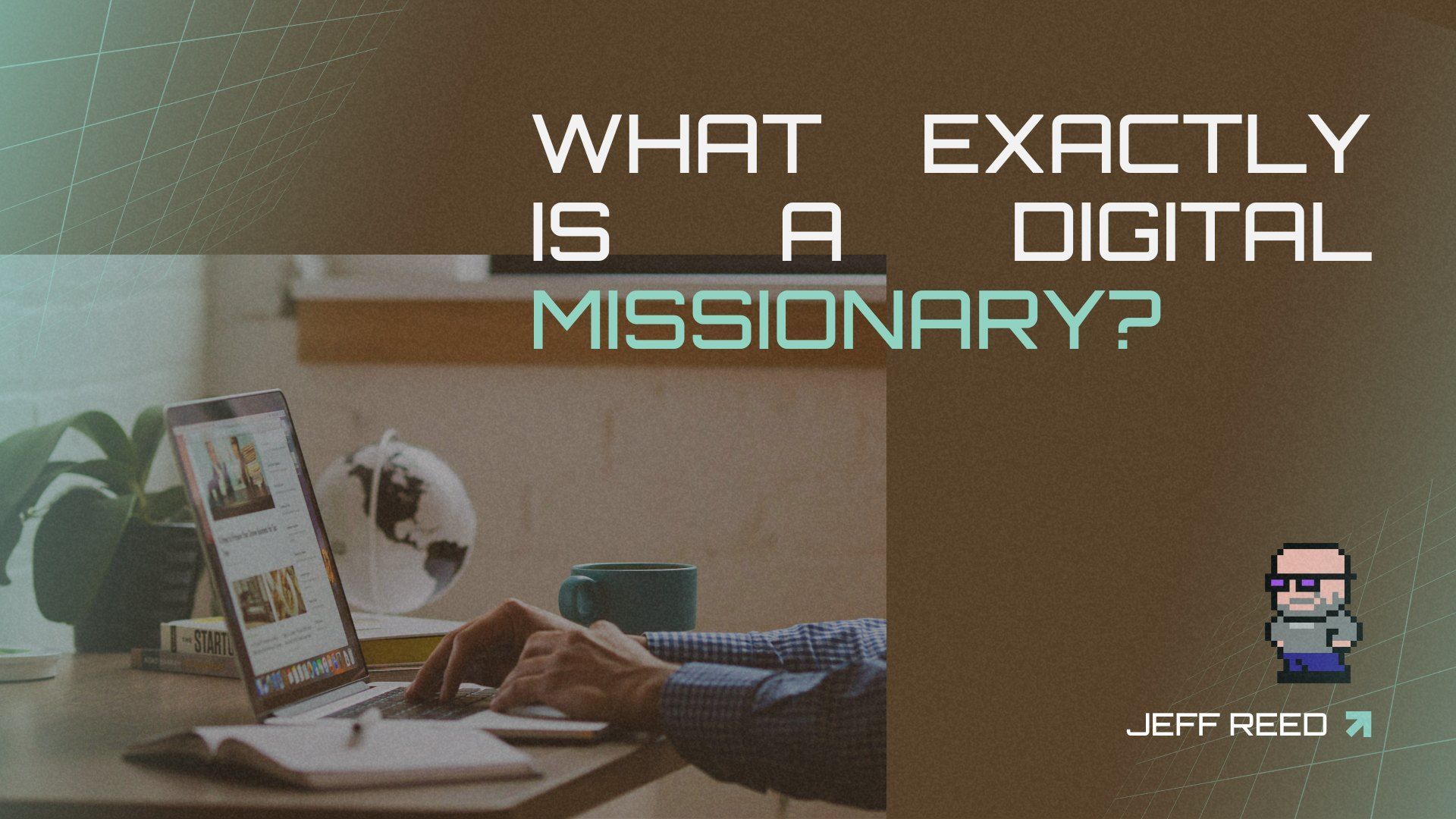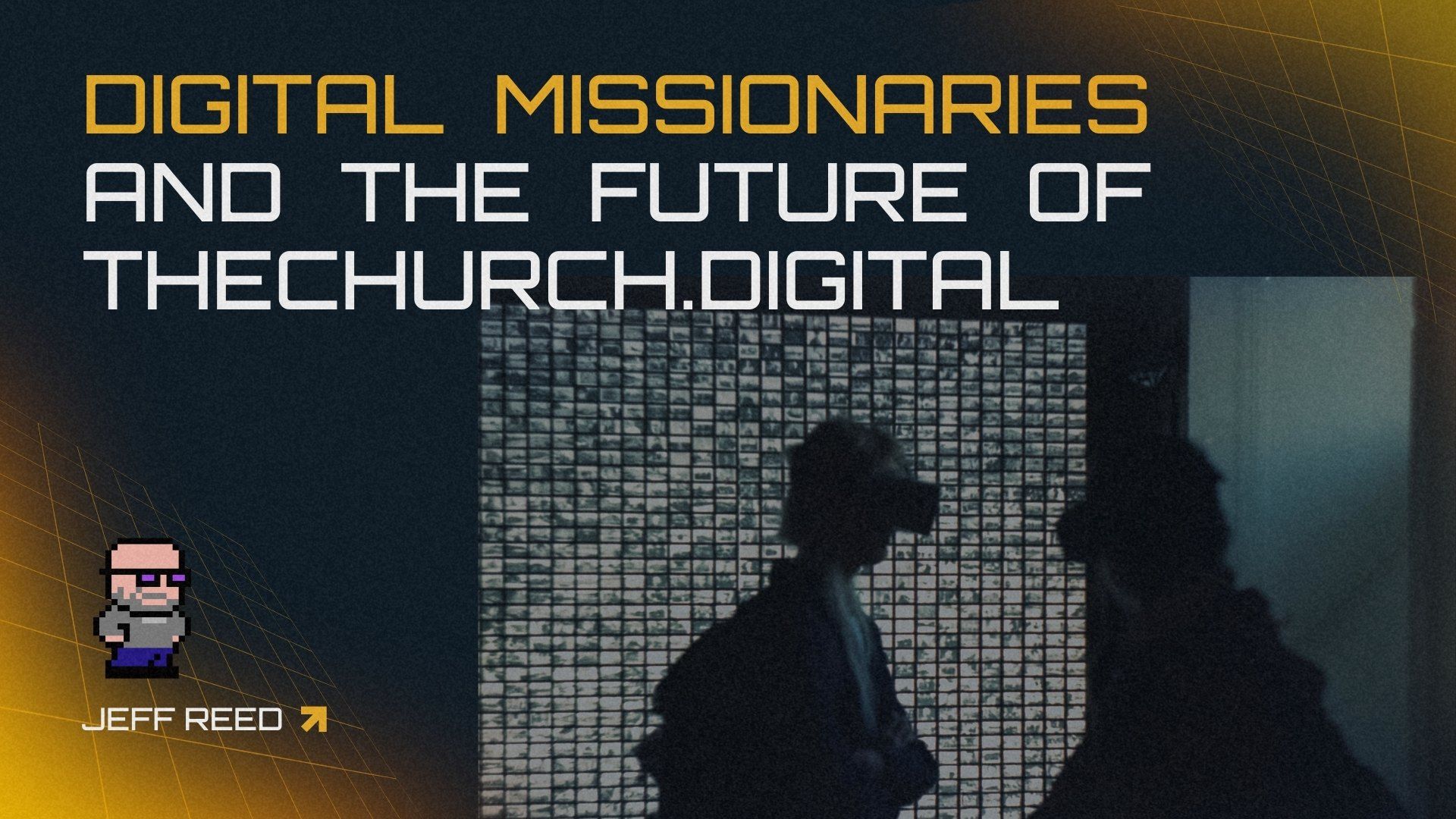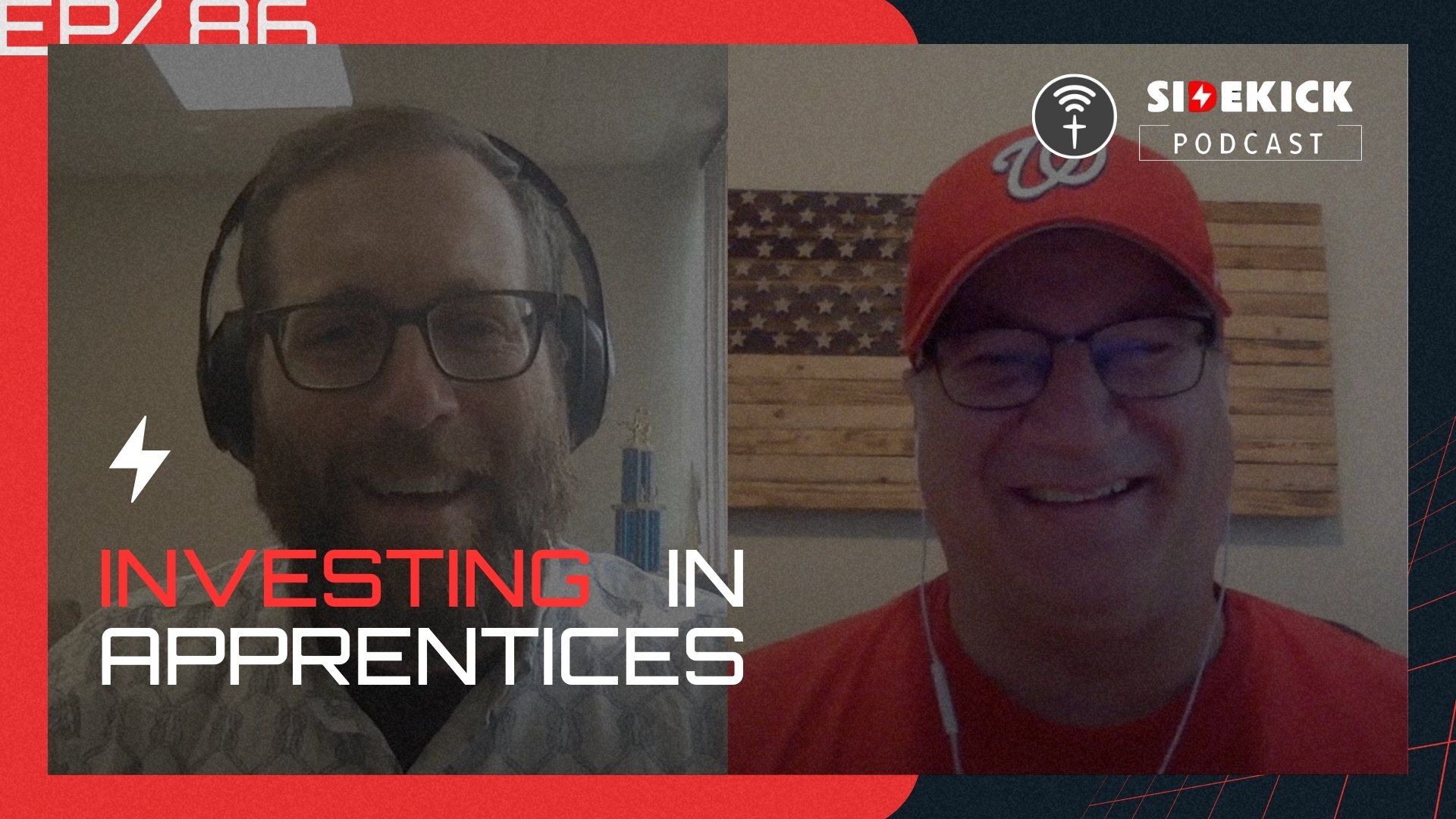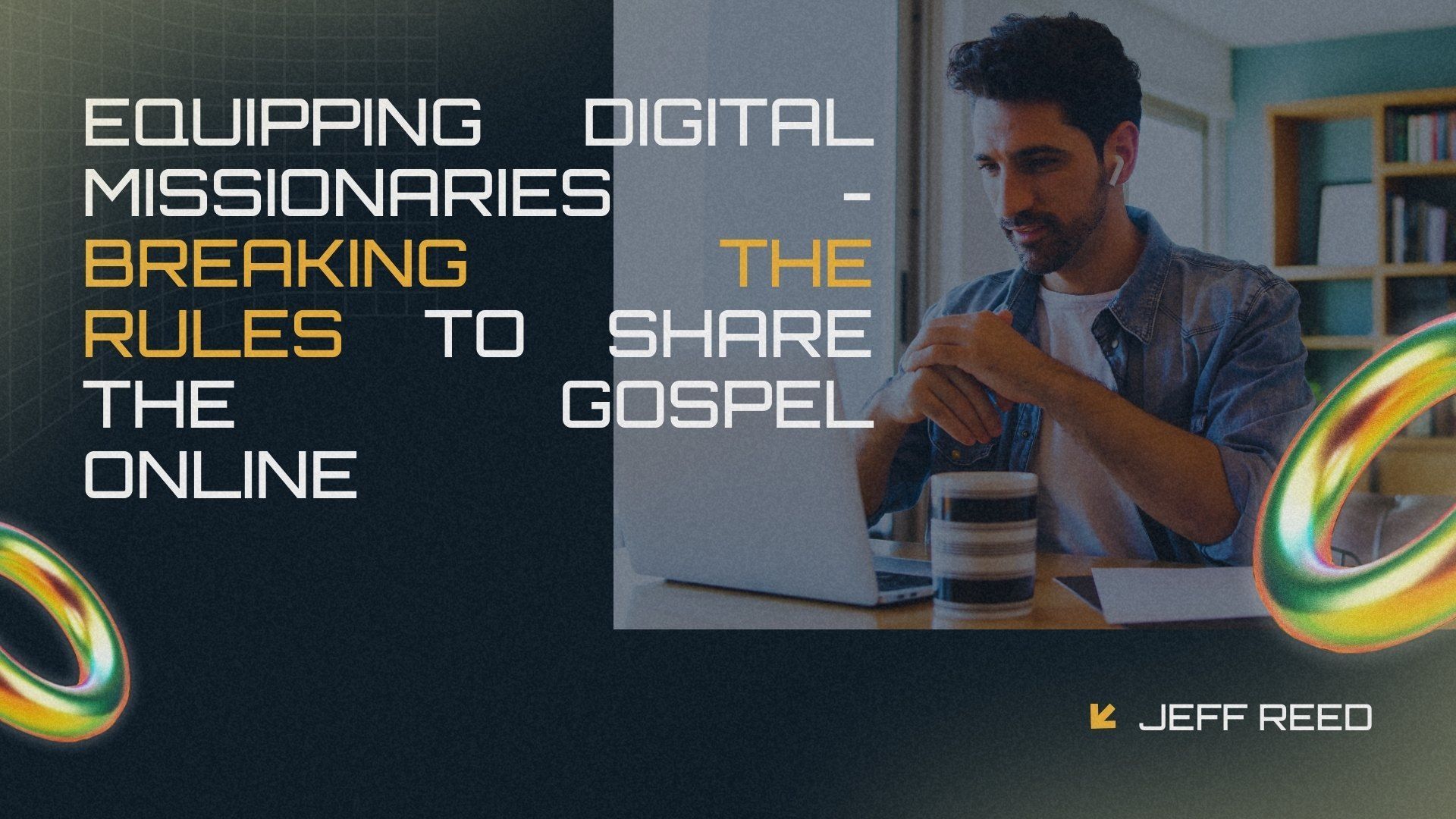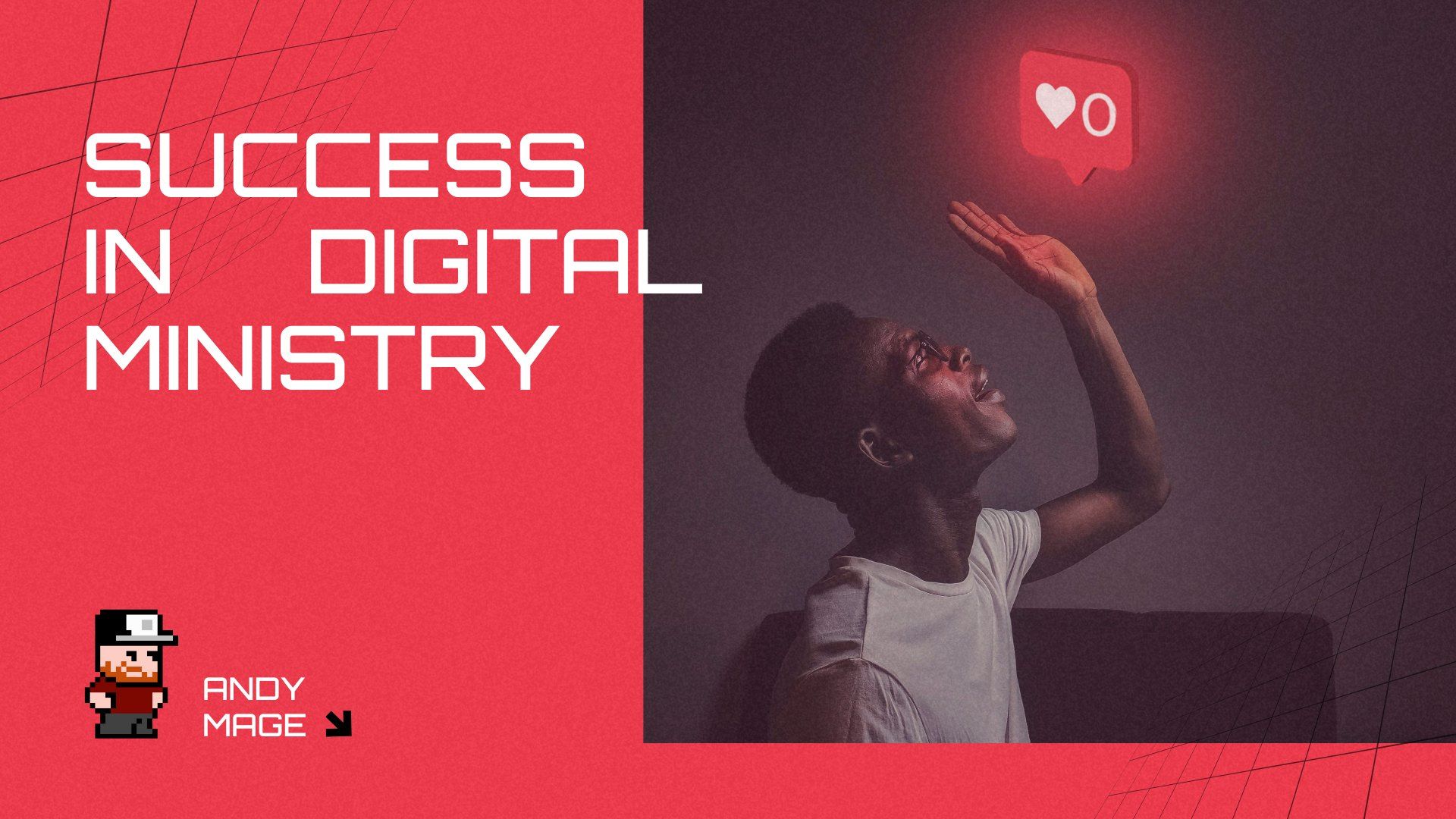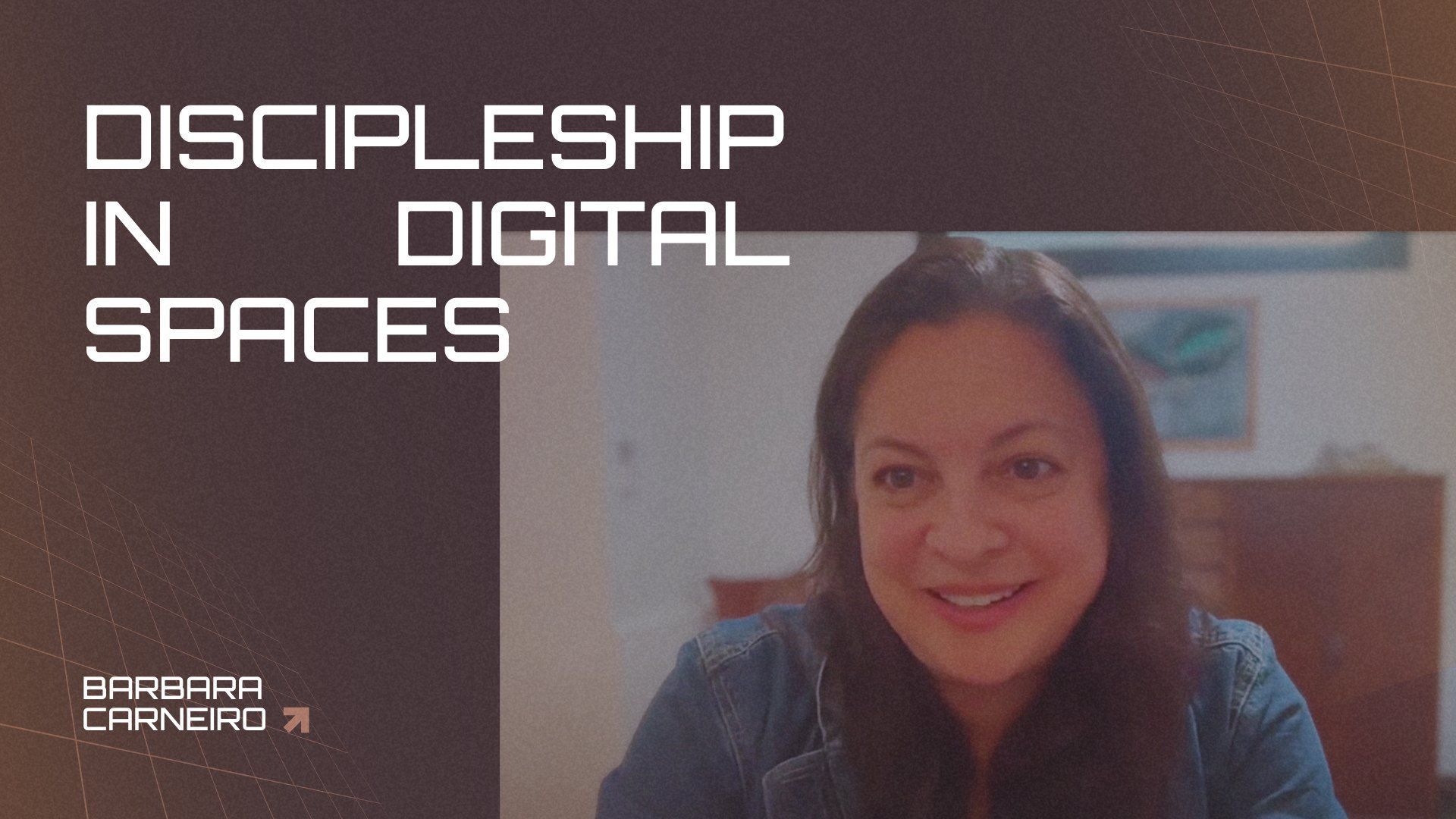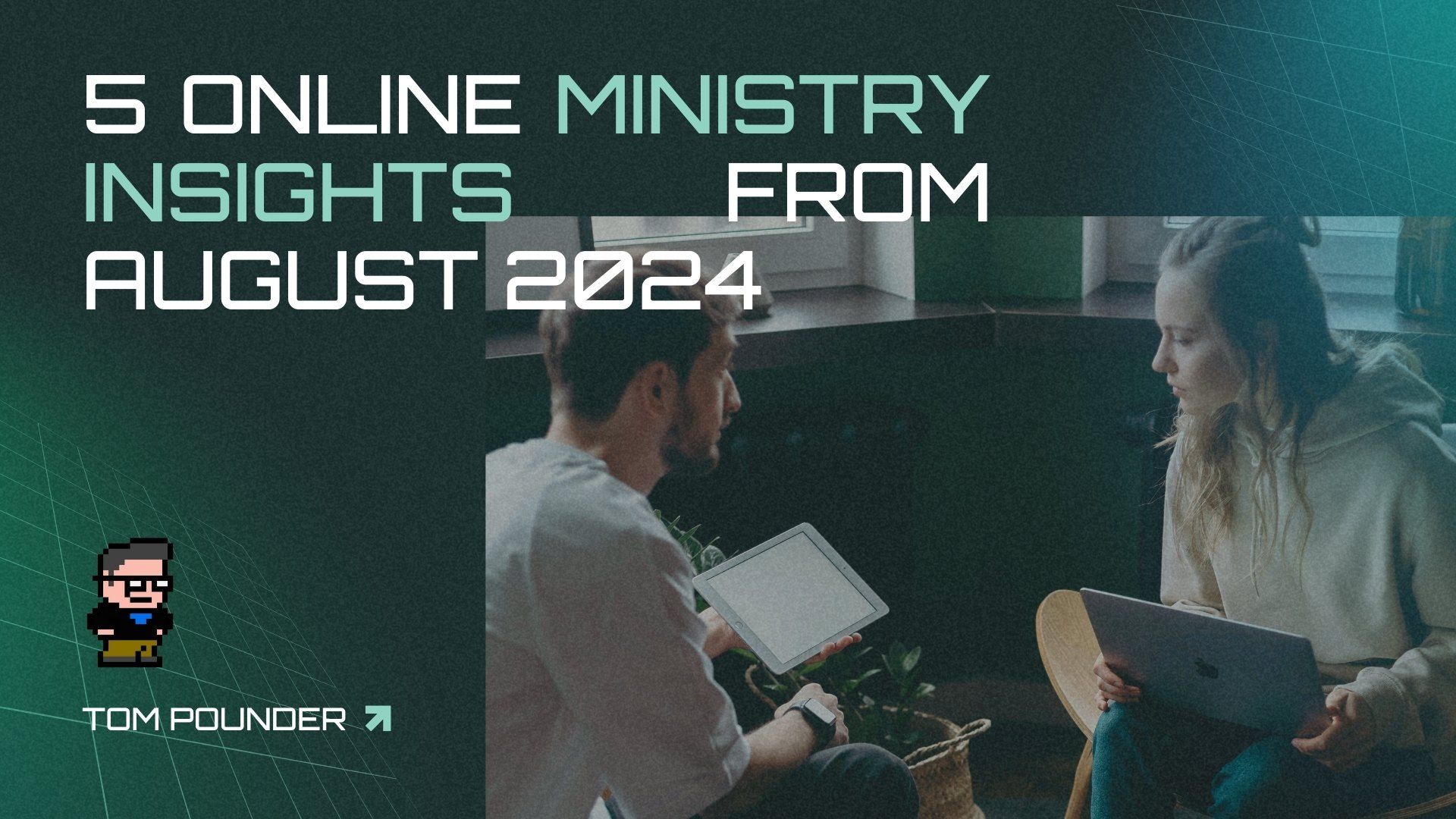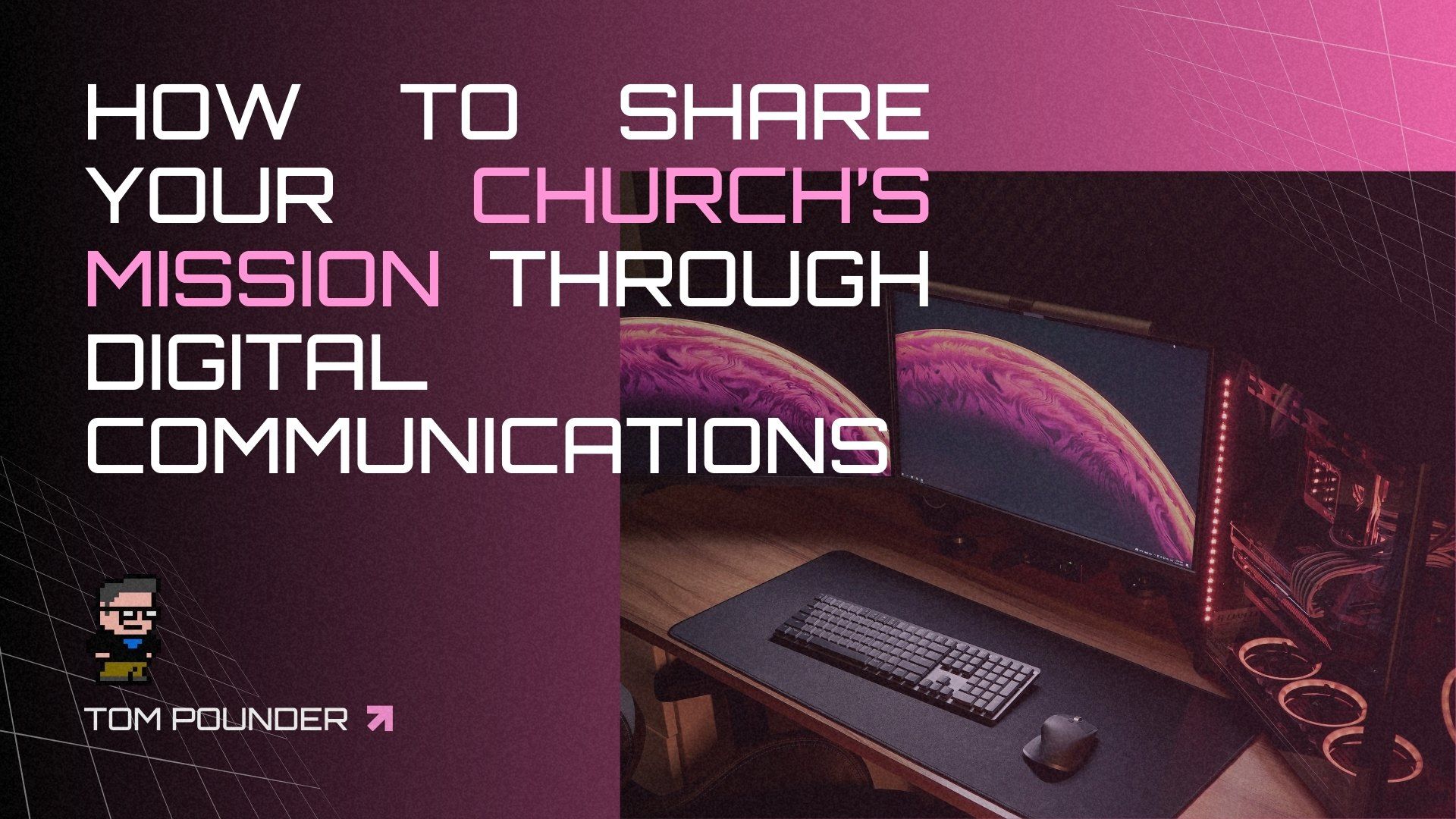Digital Ads Framework for Non-Specialists
A year ago, I noticed teenagers all over town on their bikes playing something on their phones. I once stopped outside our church building to ask two teen boys if they were playing Pokemon GO and what they found there at our building. They said that they didn’t know what our building was, but there was a stop in the game. They got confused and looked up at the sign in surprise that it was a church. I was crushed. Even standing on our property next to a sign that said “church,” these teens didn’t know about our church. I had worked so hard over the last 2 years to make sure people in our community know about us, and I realized that I had so far to go.
Too many churches assume people know about their church. I dare you to go to a chamber of commerce event and tell people the name of the church where you work. I guarantee that people will ask you where it is. This is why marketing is an important part of any church’s strategy. Whether you are a digital-only, phygital, or traditional church, we need people to know our churches exist so we can tell them the good news of Jesus.
You’ve heard of digital ads, but the world of digital advertising can be confusing and overwhelming. Where do you start?
I want to show non-specialists a framework to help cut through the confusion with digital advertising. This is for the youth pastor who has communications attached to his job description or the small church pastor who does a little of everything. I believe that a simpler approach can help break through the confusion. This framework takes a lot of the guessing out of the different ad managers that you might deal with.
There are three decisions you need to make in this framework to make digital advertising less scary and more effective:
- What is my goal?
- Who is my audience?
- What is my content?
Once you have your goals, audience, and content clear, then the choices in Facebook Ad Manager, YouTube pre-roll ads, etc. will become clearer. Setting up the ad will also be a lot easier.
Your goal is the most important decision. People new to marketing usually start with content, but the goal should drive everything else. Your goal helps you decide on an audience and create the content for your ad campaign. In the steps below, I’ll show you how three goals help you streamline your advertising and how each goal has its own audience and content.
Goal 1: Brand awareness. Reach as many people in your target audience or area as possible.
Goal: You could call this building your brand awareness, etc. The first goal that you have with advertising is to make as many people aware of your church and message as possible. You want to be top of mind for people in your target - area or audience. If people don’t know that your church and message exists, then you won’t be able to help them when they are ready.
Audience: everyone in your target geography or market. You aren’t trying to target narrowly, you target pretty broadly. This means everybody, not a slice of the market.
Content: You could create a piece of content every quarter just to make people aware that your church exists. I don’t believe that it should be an invitation to your church. It should be more of a statement that your church is about something. If your church does something like a major festival, Love Week, or volunteer project, then make sure people know about it. Make a video about it. Make a podcast about it. Or you could make a video letting people know that you are praying for them and rooting for them.
Budget: I suggest putting 50% of your ad budget into brand awareness.
*Out of the box idea to build awareness in your community: Set aside $600 for a six month project. Every week, buy a $25 gift card to a local restaurant and do a post to give the gift card away. Make it a simple puzzle. Anyone who comments gets entered to win a free lunch. Anyone they tag gets entered to win a free lunch. Be transparent about what you are doing. You want people to know about your church, you support these businesses, and you’d rather buy someone lunch than spend it on an ad. *Credit to Matthew Kobach (@mkobach) for the idea of a giveaway.
Goal 2: Get people to engage with you and your church
Goal: This is where you want people to interact with you and your content, you want likes, shares, messages, retweets, etc.
Audience: The people that you target here are really important. You want to target the people that are most likely to engage with your content: the friends of people that already like and engage your content. Most platforms give you the audience of “friends of those who like/follow you.” Those are critical. You are targeting people that likely know about you already, and you use their friend’s credibility to back up your ad. Those kinds of ads often show, “Mark Likes _______” next to your ad.
Content: This is where you use content plus ads to get people to engage. You can use video clips, sermon quote graphics, sound clips, etc. Once you have your engagement goal and your audience, then adding your piece of content makes the whole thing much easier.
Budget: I would put 30% of your budget into engagement ads.
Goal 3: Invite people to act.
Goal: This is where most churches start: calls to action. This should be the last step. Most of your ad money should be spent on reach and engagement. Then when you have established your church with name recognition and begun to engage people online, then you invite them to like your page, follow your content, join an online service, or come to a physical event. Wait until people know about your church before inviting them to do something.
Audience: People that like, follow, or engage with your posts. If your call to action is a like or follow, then stick with people that have already engaged with you. Sometimes, I like to do this broadly to our whole area-like at Christmas. You can target your entire area with an invitation at Christmas because that is a different kind of call to action.
Content: Make a video or graphic to invite people to respond. You can still use content to ask people to like or follow your page.
Budget: Spend the remaining 20% of your budget on calls to action.
The Stakes
We’ve invested a lot of time, energy, and money into our digital presence when we launched our church 2.5 years ago. We have consistently heard people tell us that they found and followed us online long before attending our church. Something happened on another level in March right as COVID hit.
I got an email from someone in Alabama who had a family member in crisis in our town. He said, “I found you online; could you talk with my sister, Susan?” While talking with Susan, I shared the Gospel with her on the phone, and she indicated that she wanted to trust Christ. She began attending our digital service while we suspended our in-person services. Now, her life has been radically transformed. Susan has told me about areas of freedom she’s never had before. She is involved in our digital service every week, she’s in a group chat bible study with some women in our church, and she agreed this week to be the welcome host to everyone who joins our digital service.
The stakes are high for our churches. Digital ads aren't about bigger churches and more fame. I believe there are more people in our communities like Susan who need to hear and experience the life-giving, world-changing good news of Jesus. Our digital ad strategy is for people like her. Those are the stakes.
What do you think? Share your ideas on Discord or on social media.
Through the.Church.digital, we are helping physical and digital churches better understand the discipleship process, and helping churches and church planters understand this and other decentralized mindset shifts. By taking this quick assessment we can get you connect with a coach, resources and more. Also, check out our Discord Group where we are encouraging people daily.
